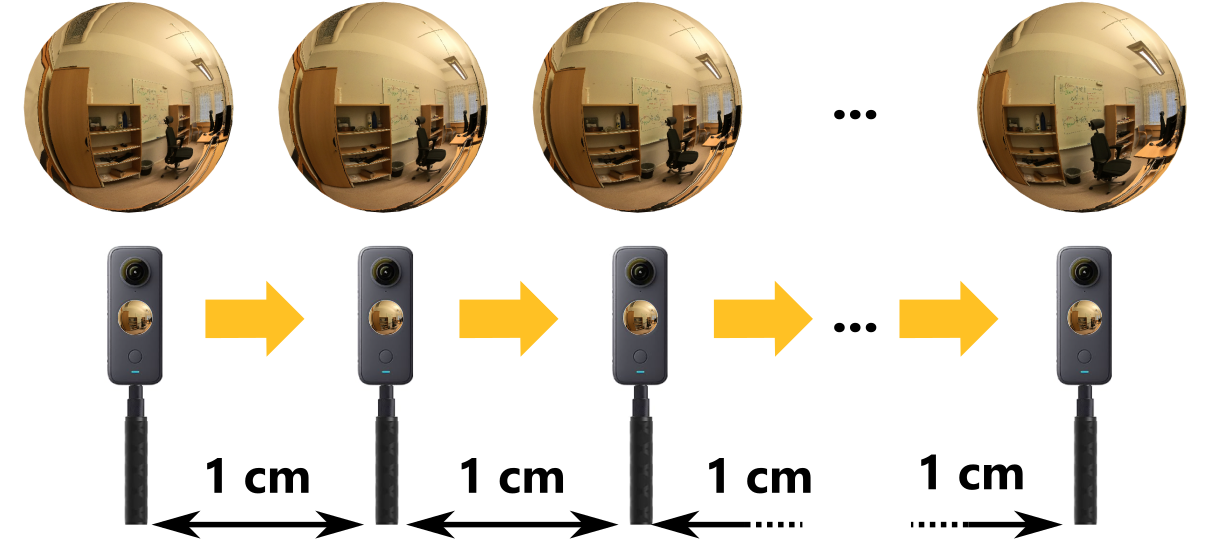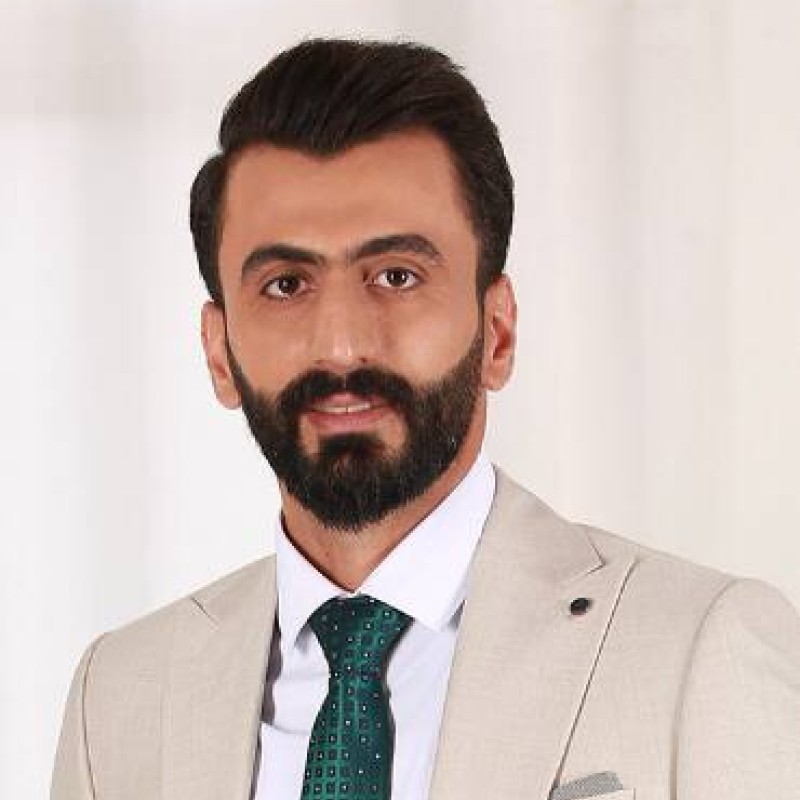Hello! I'm Soheib Takhtardeshir currently a PhD Student at Mid Sweden University, Sweden 🇸🇪 & Université de Rennes I (Under INRIA), France 🇫🇷 as a dual degree PhD Student. My research targets learning-based compression of light field images, aiming to outperform traditional codecs like HEVC (H.265) and VVC (H.266). I design VAE architectures that disentangle spatial and angular features, guided by dual hyperpriors for efficient entropy modeling and mutual information regularization. To support real-time applications in AR/VR and telepresence, I develop fast post-encoding techniques such as latent reordering and non-uniform quantization.
EmailMMSP 2025

Even though many LF compression techniques have been proposed and evaluated in recent years, the leading-edge learning-based approaches have not been subject to the same level of scrutiny. This paper presents a subjective quality assessment study on four different LF compression methods, including two learning-based LF compression methods, which have not been studied before from a subjective quality point of view. For this purpose, subjective opinion scores were collected from viewers in two different universities for a cross-lab study.
IEEE Access

We propose a Variational Autoencoder (VAE)-based framework to disentangle the spatial and angular features of light field images, focusing on fast and efficient compression. Our method uses two separate sub-encoders: one for spatial and one for angular features to allow for independent processing in the latent space, which facilitates more streamlined compression workflows.
QoMEX 2024

Light field is a promising technology that enables the capture and reproduction of real light rays from the scene. There are still many challenges in transmitting and reproducing light field data. This paper proposes a spherical light field dataset that can be used as a foundation for developing telepresence applications. The Spherical Light Field Database (SLFDB) consists of a light field of 60 views captured with an omnidirectional camera in 20 scenes. To show the usefulness of the proposed database, we provide two use cases: compression and viewpoint estimation.
EL 2024

In this paper, we introduce a deep learning video compression network, adapted and optimized specifically for LF image compression. We enhance this network by incorporating an in-loop filtering block, along with additional adjustments and fine-tuning. By treating LF images as pseudo video sequences and deploying our adapted network, we manage to address challenges presented by the unique features of LF images, such as high resolution and large data sizes.
CTRO 2025
In this paper, we present a two-phase deep learning method to automatically reconstruct prostate HDR brachytherapy needles from CT images. The first phase segments the needles using a Pix2Pix GAN, while the second employs a GOTURN tracker to predict their 3D trajectories. Trained and evaluated on clinical datasets, our approach achieved high segmentation accuracy and sub-millimeter localization error. By automating the time-consuming manual reconstruction process, this method has the potential to improve treatment planning efficiency and consistency in clinical practice.
arXiv
In this paper, we design and evaluate a memristor-based neural network hardware accelerator capable of on-chip training and inference. Using realistic SPICE models of silver-based memristors, we account for device variations, conductance errors, and noisy inputs. Our system, implemented with 30 memristors and 4 neurons, performs binary image classification while maintaining high accuracy and efficiency under non-ideal conditions. Results show that training with moderate noise improves robustness, and chromium-based memristors achieve the best balance of speed and energy efficiency. This work highlights the potential of memristor-based architectures for low-power, reliable edge computing applications.
MWSCAS 2024
In this paper, we develop a hardware implementation of a memristor-based in-memory computing system for classification tasks. By integrating real memristor models into the Proteus simulation environment, we design a two-layer neural network with 30 memristors and 4 neurons, controlled by an Arduino microcontroller. An on-chip training algorithm is introduced to tune memristor conductance values, enabling efficient learning directly on the hardware. Tested on simple image classification tasks, the system achieves up to 97% accuracy with noisy inputs, demonstrating both robustness and practicality. This work provides a foundation for scalable memristor-based neural networks in edge computing.
IHBMC 2020
In this paper, we propose a convolutional neural network (CNN)-based approach to track brain metastases from MRI data. Using three-dimensional T1-weighted MRI scans from 74 patients with metastases originating from breast, lung, prostate, and melanoma cancers, we trained and tested a CNN model to detect and trace tumor regions slice by slice. The network was evaluated against established methods such as Siam-FC and RT-MDNet, showing promising results in terms of success, precision, and processing speed. While initial slice detection remains challenging, the method demonstrates strong potential to assist radiologists in accurate diagnosis and reduce human error in clinical practice.
Languages
Tools & Libraries
AI & Imaging
Research
Jan 2022
to
Current
My main research work focuses on compression of multidimensional data including light field video and images.
The specialization of our research group is in the area of Representation of Light Fields, Compression, and Rendering
March 2025
to
May 2025
Worked at RISE for 2 months as an research intern
Worked on adapting high-dimensional visual data pipelines for AR/VR environments, collaborating with Toyota-affiliated researchers
Key areas of focus were introducing and optimizing the VAE based end-to-end compression methods, and integrating learned light field commpression into immersive telepresence and automative systems
Jun 2020
to
Jun 2021
Developed deep learning models for visual object tracking and video-based occlusion handling.
Designed segmentation and classification pipelines for traffic monitoring systems
Supported student projects in real-time computer vision.
Aug 2016
to
Jan 2022
Led deployment of POTN/OTN and DWDM optical systems and managed end-to-end IoT applications.
Configured OTNM2000 platforms, designed high-capacity fiber networks, and implemented DCN using Cisco tools for national-scale infrastructureKey point 2
2019 - 2021
Shahid Beheshti University
2009 - 2013
Shahid Beheshti University
-
Reviewer: IEEE Transactions on Multimedia (2025 - Present) -
Reviewer: ACM Multimedia (2025 - Present) -
Reviewer: IEEE Access (2025 - Present) -
Reviewer: QoMEX (2024 - Present)
